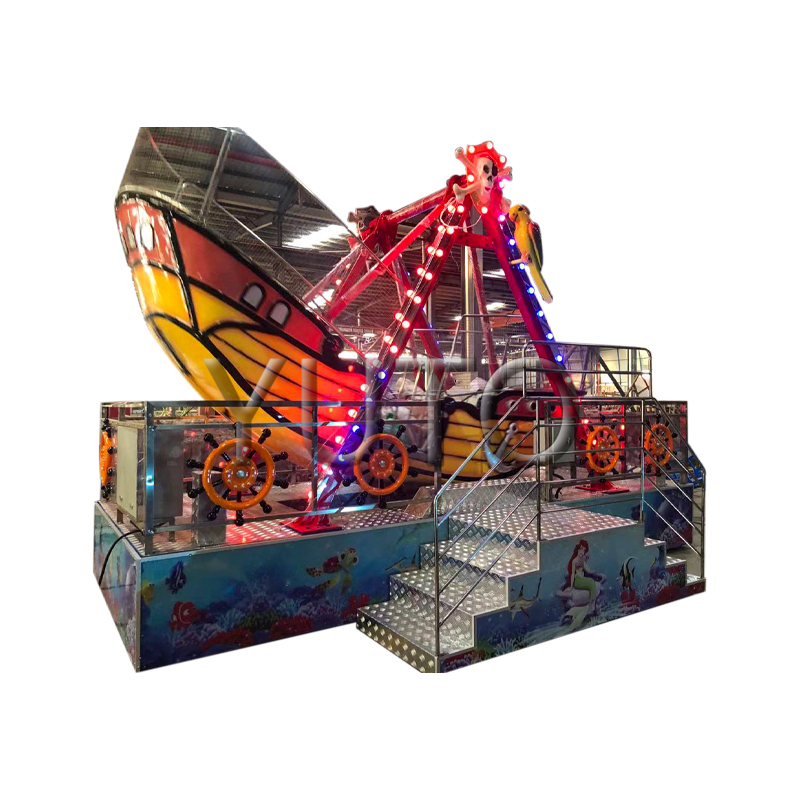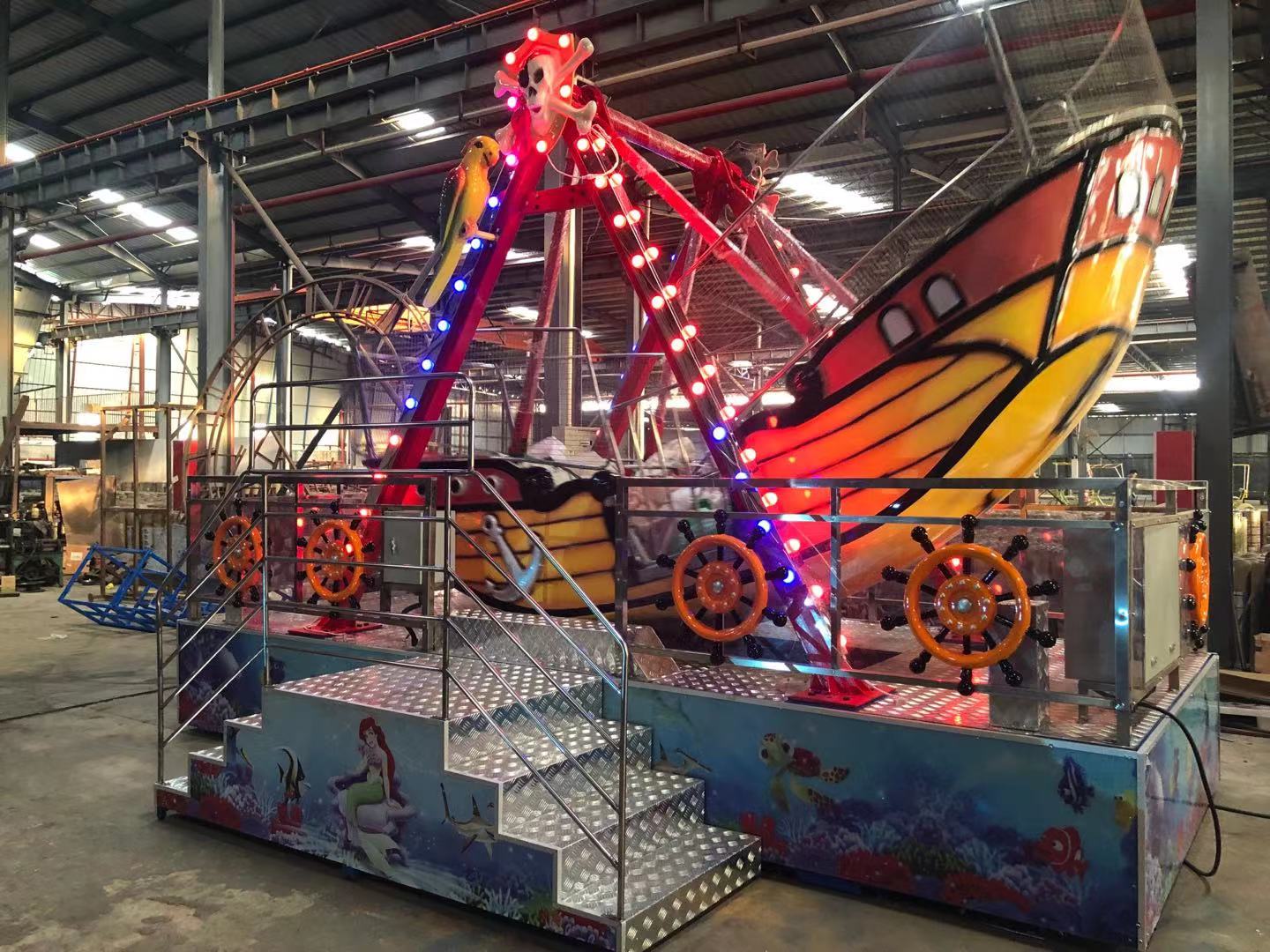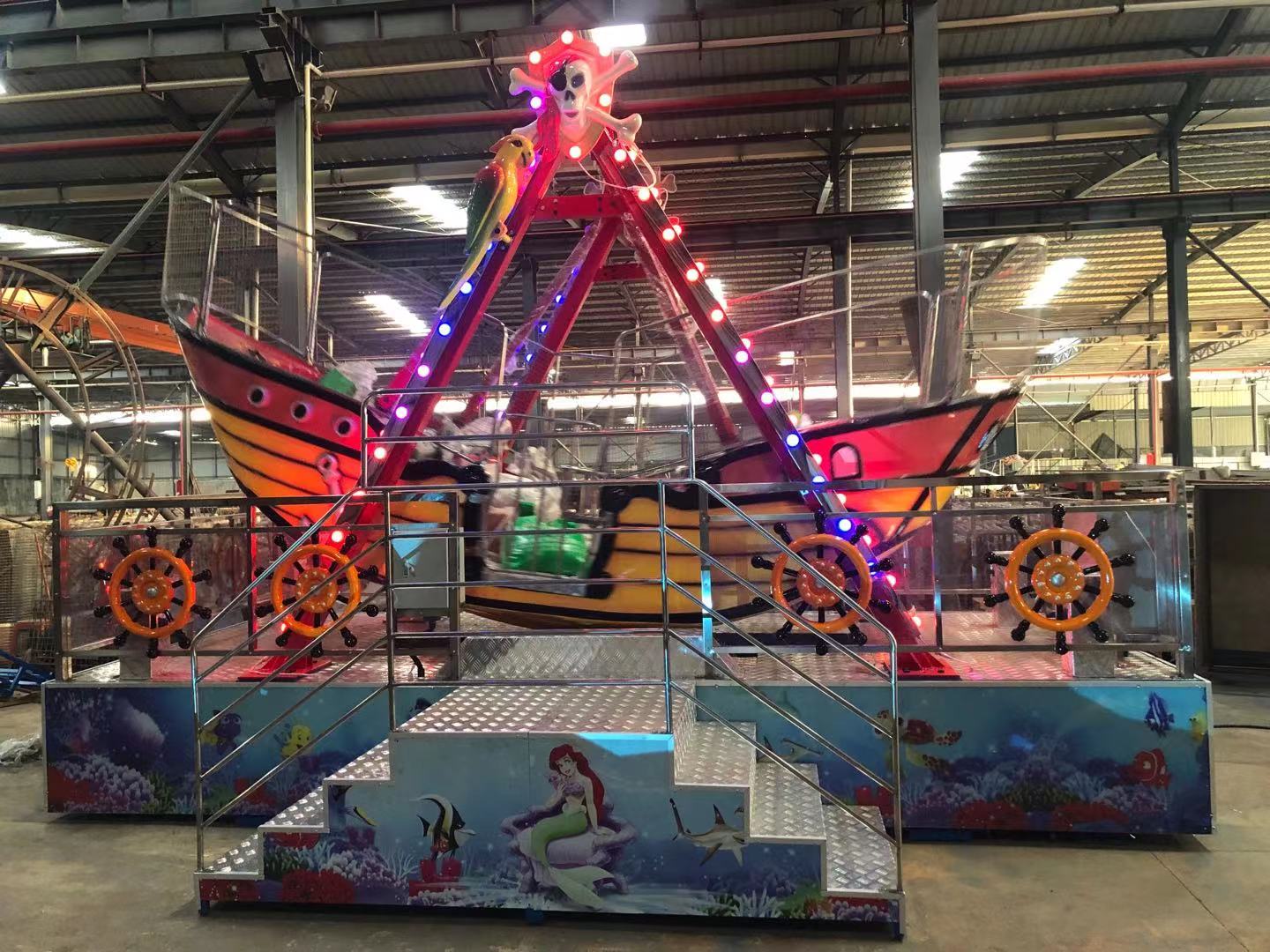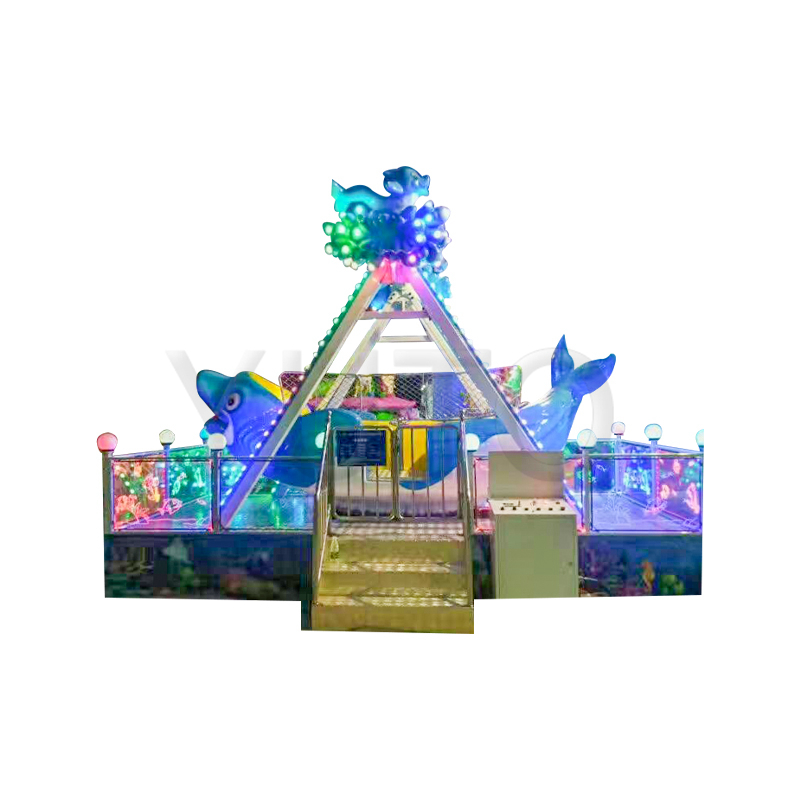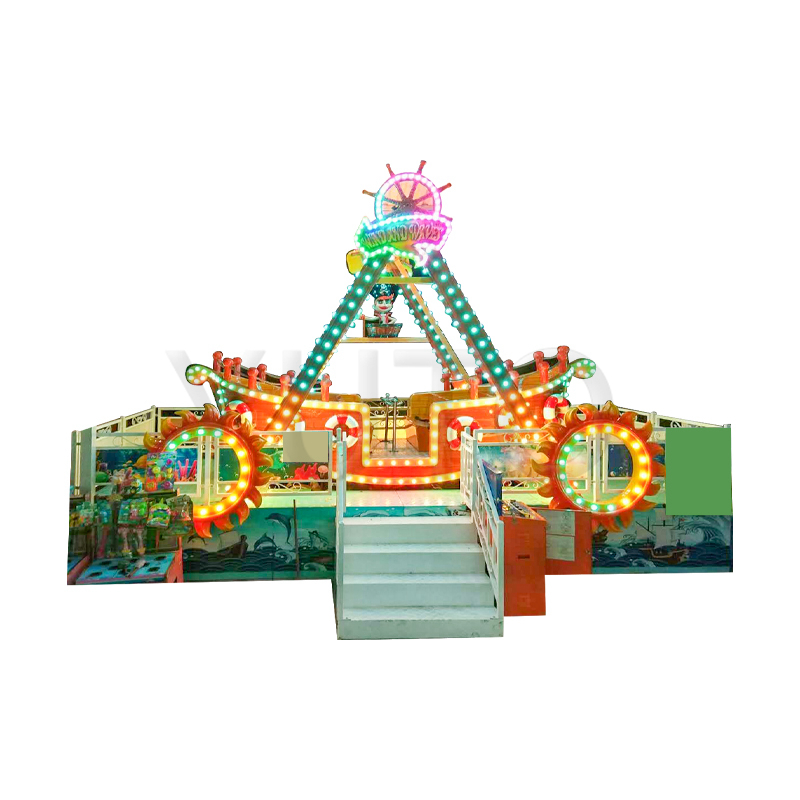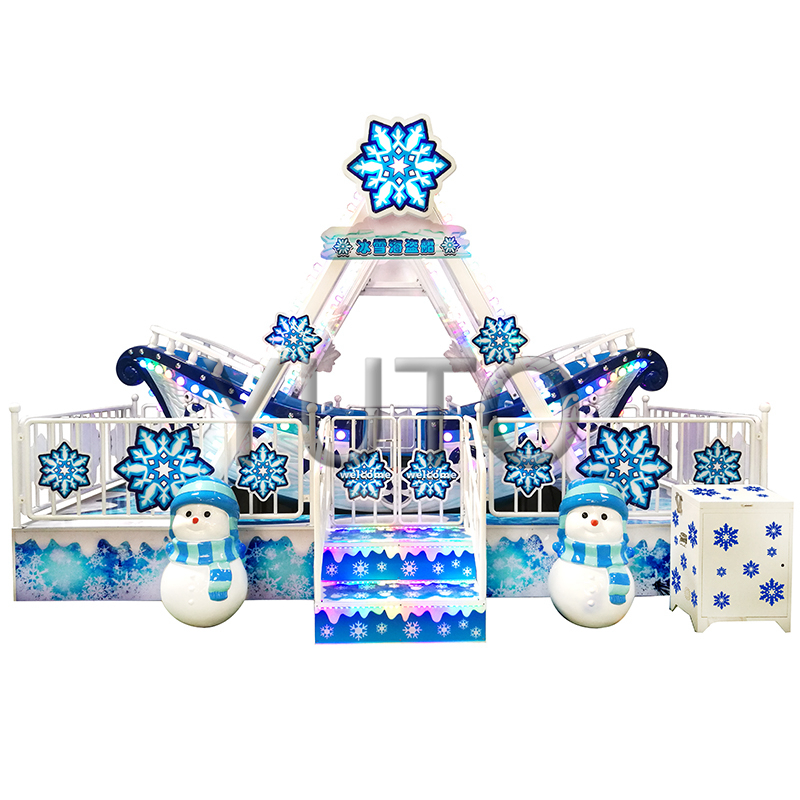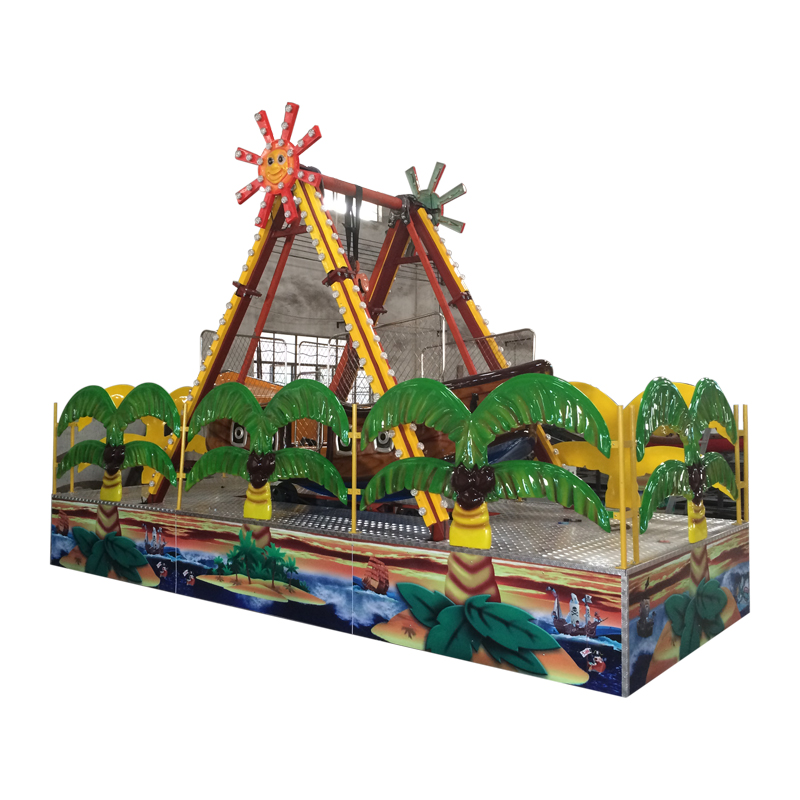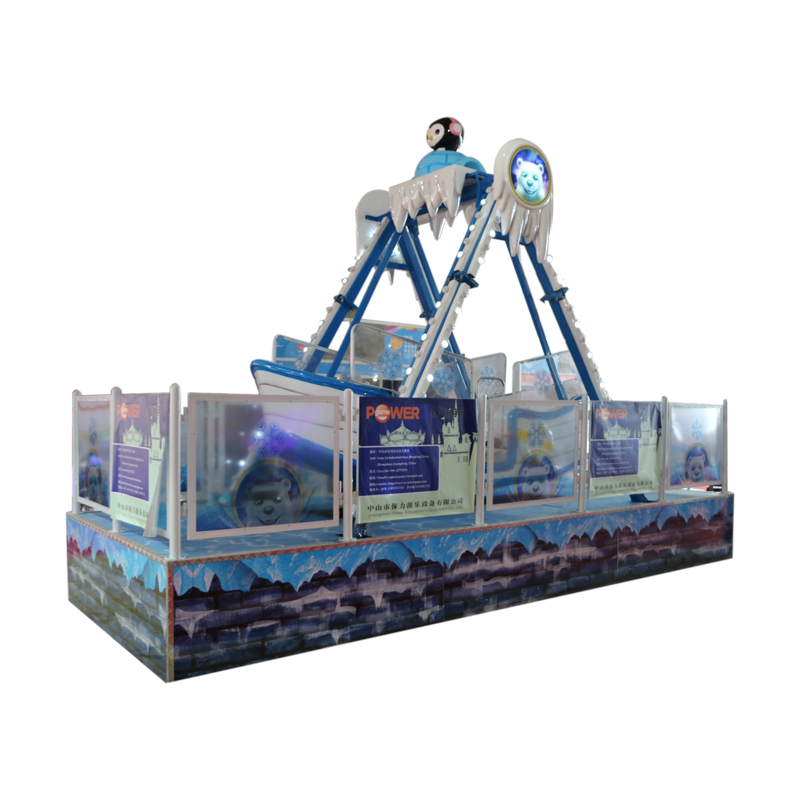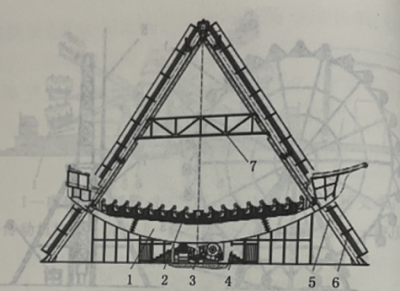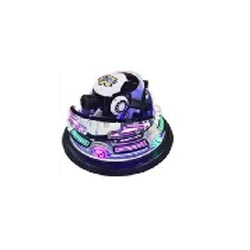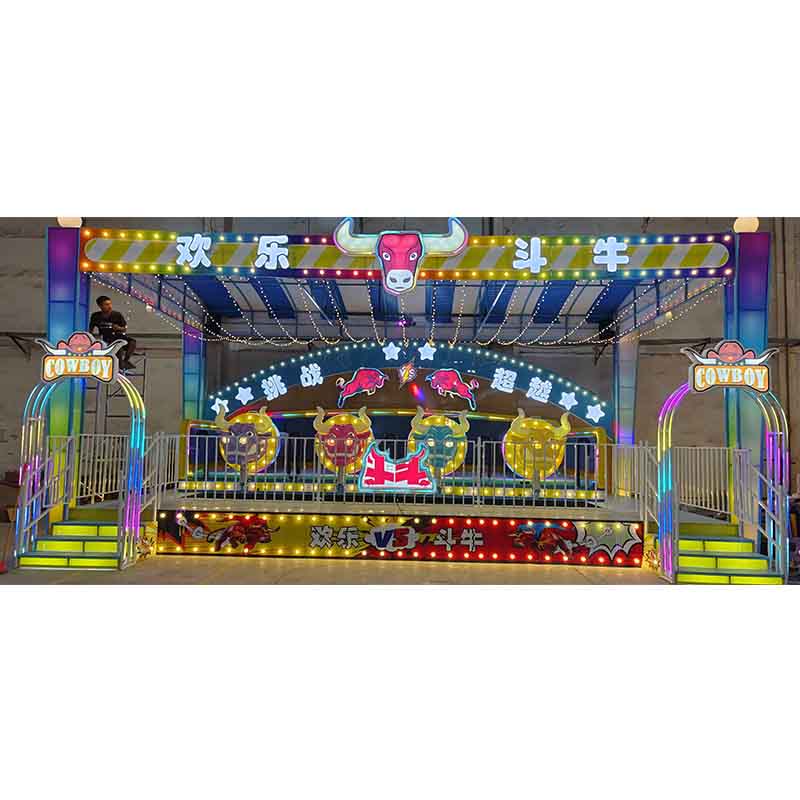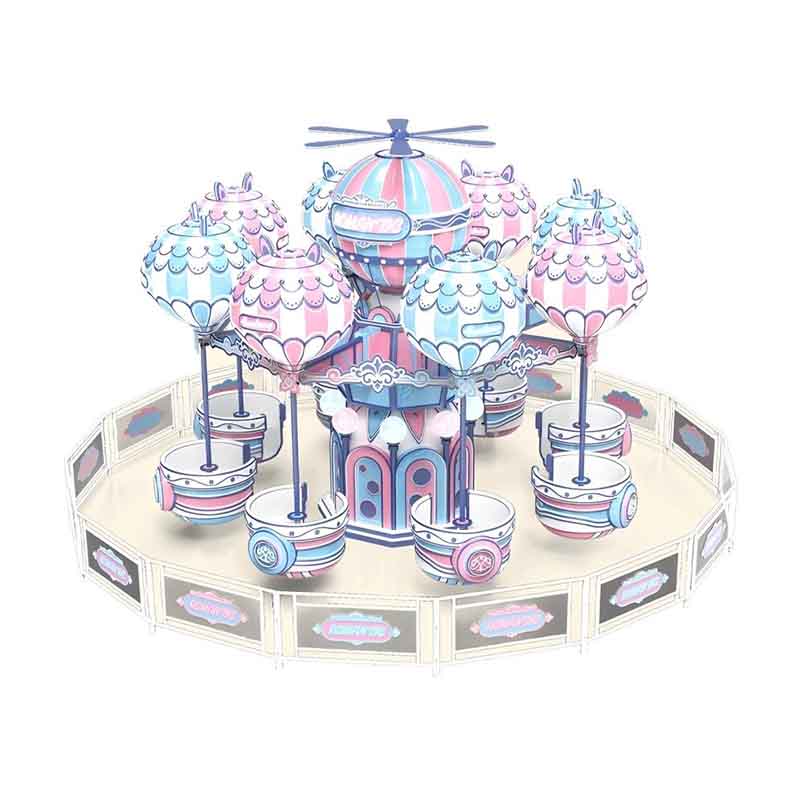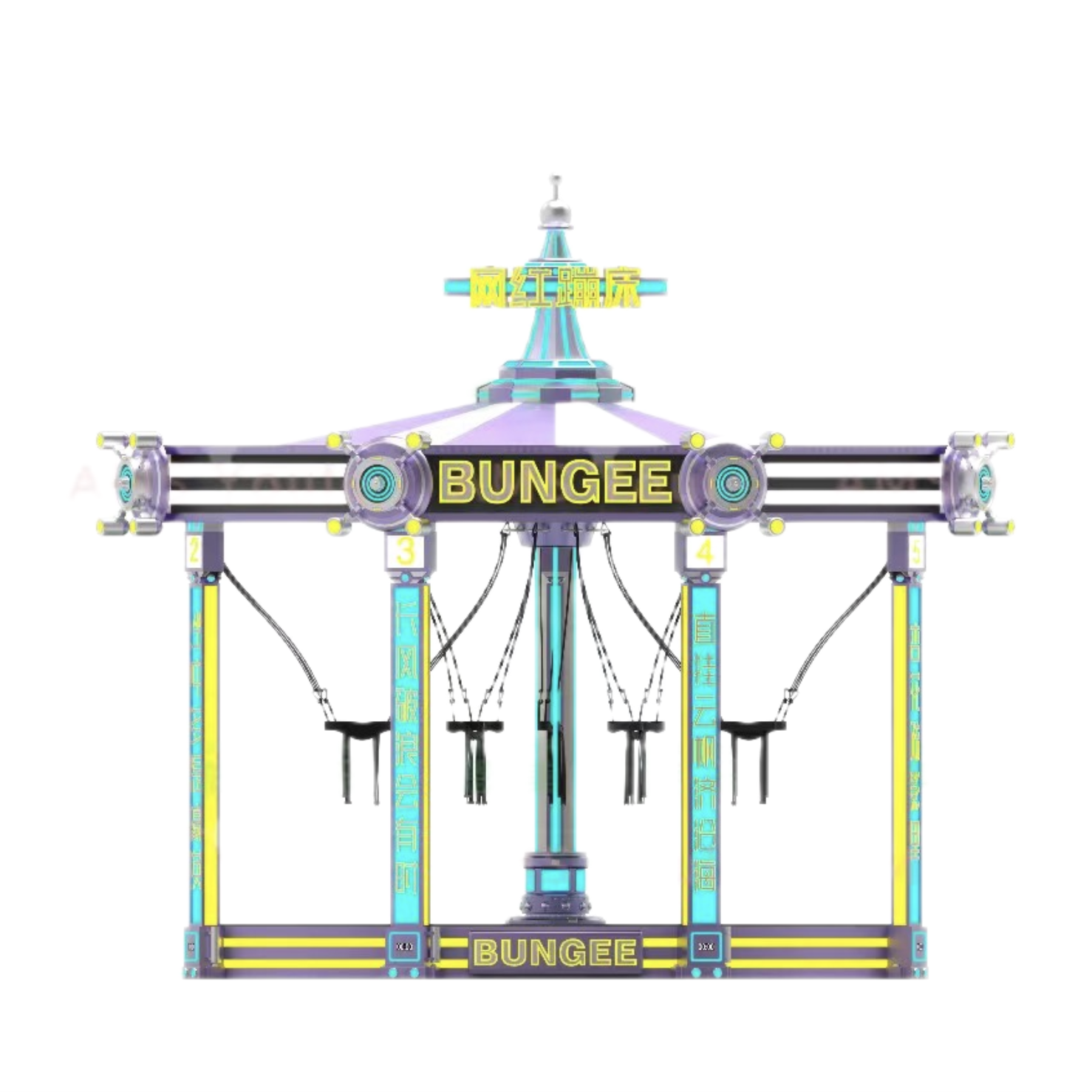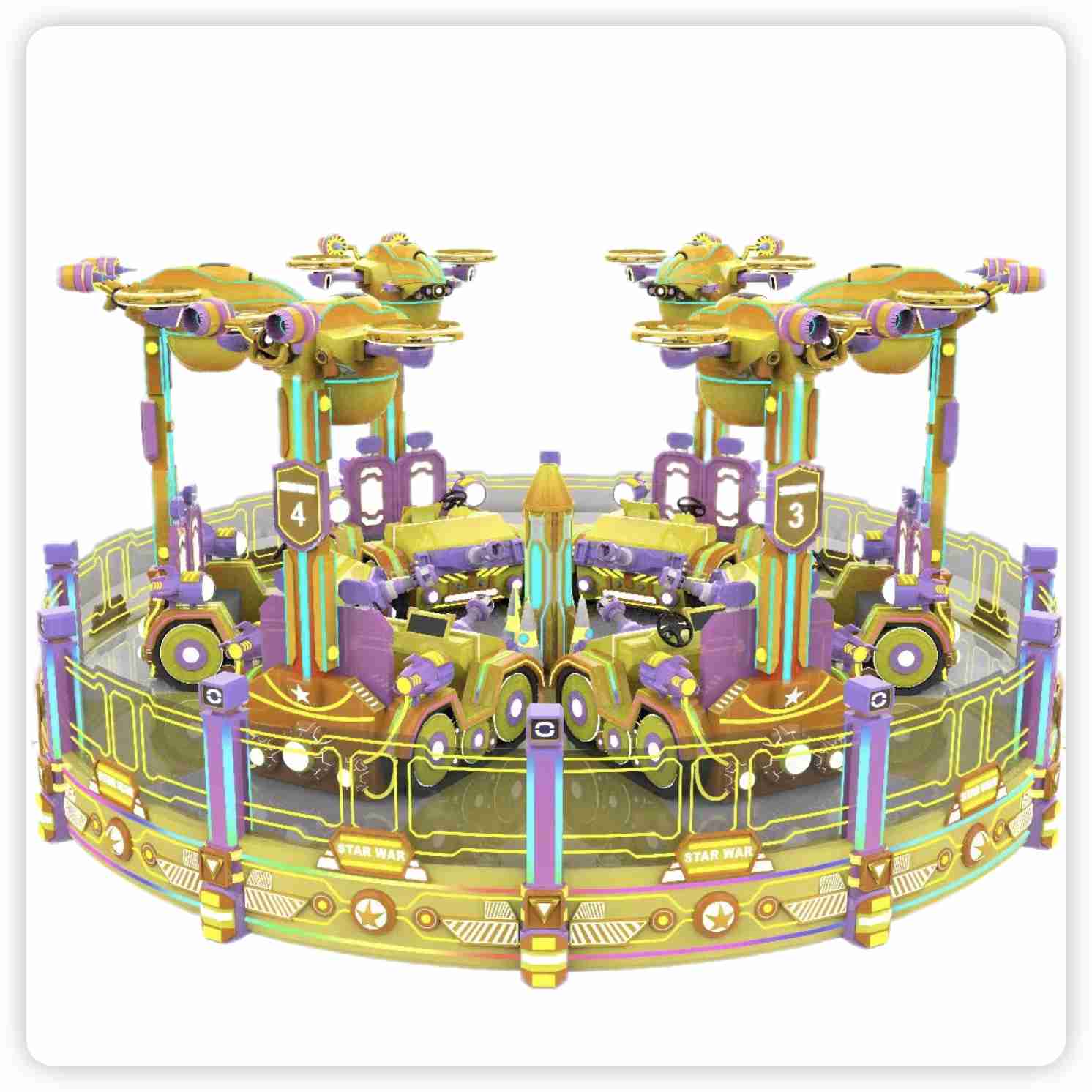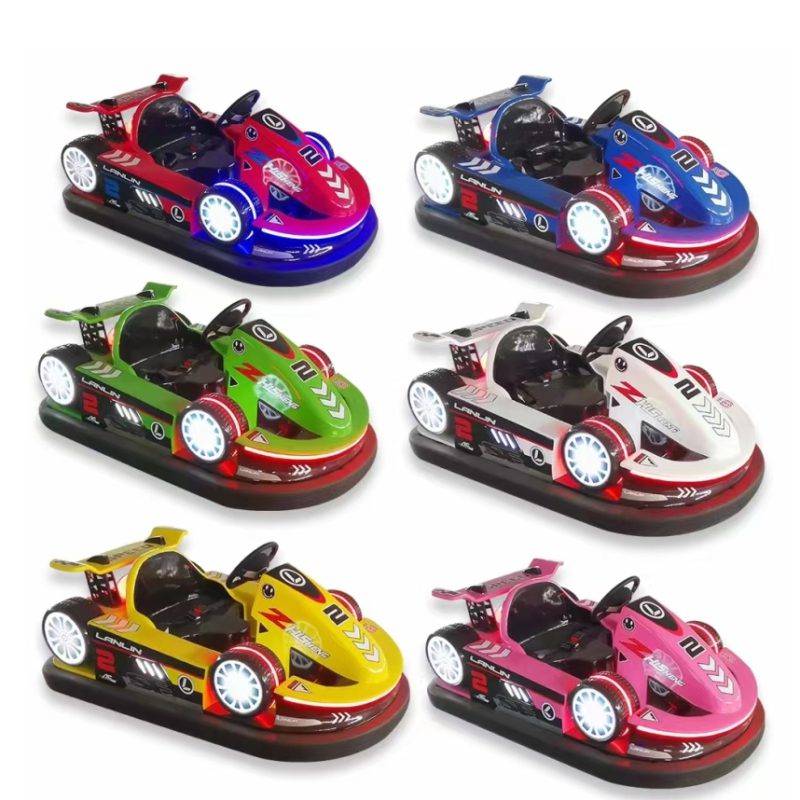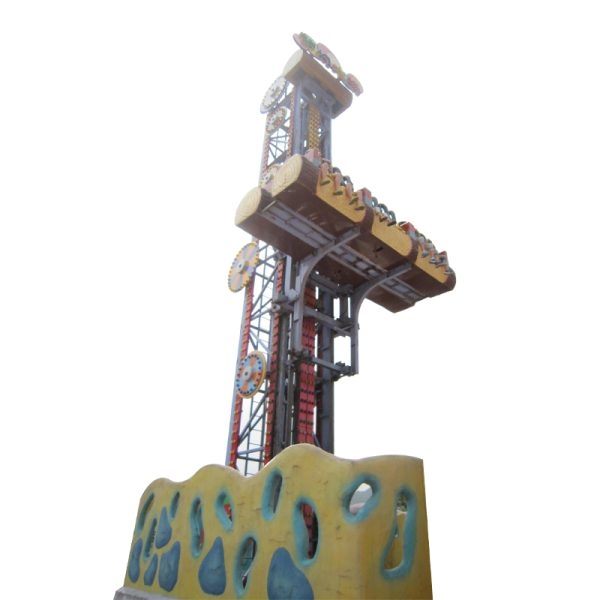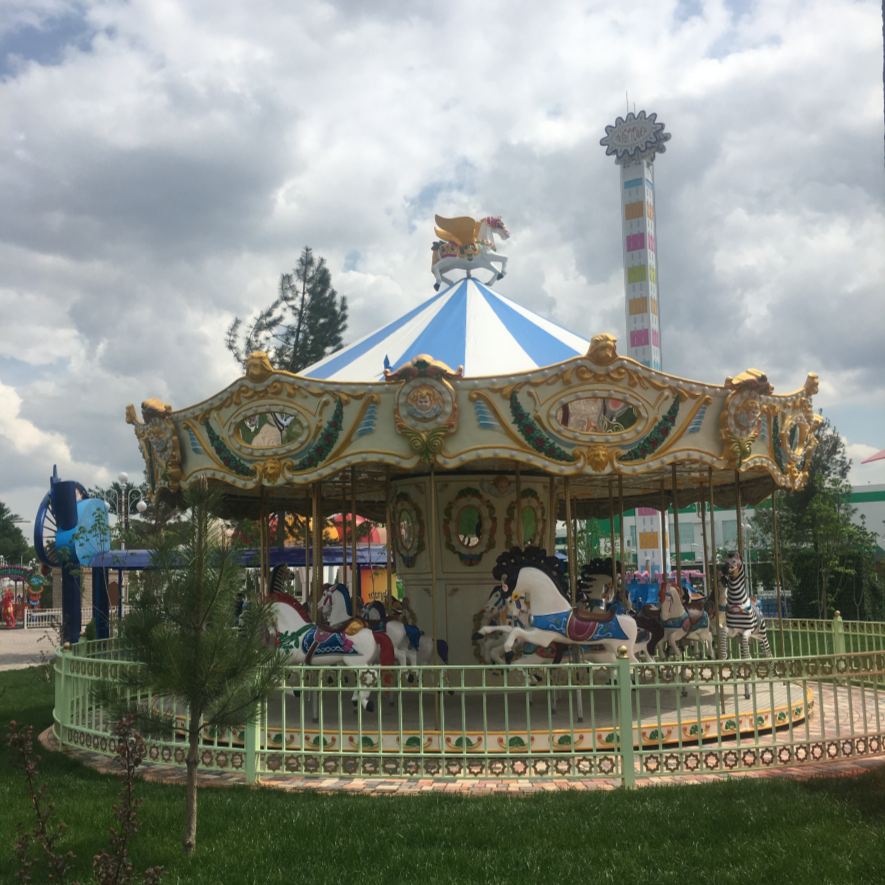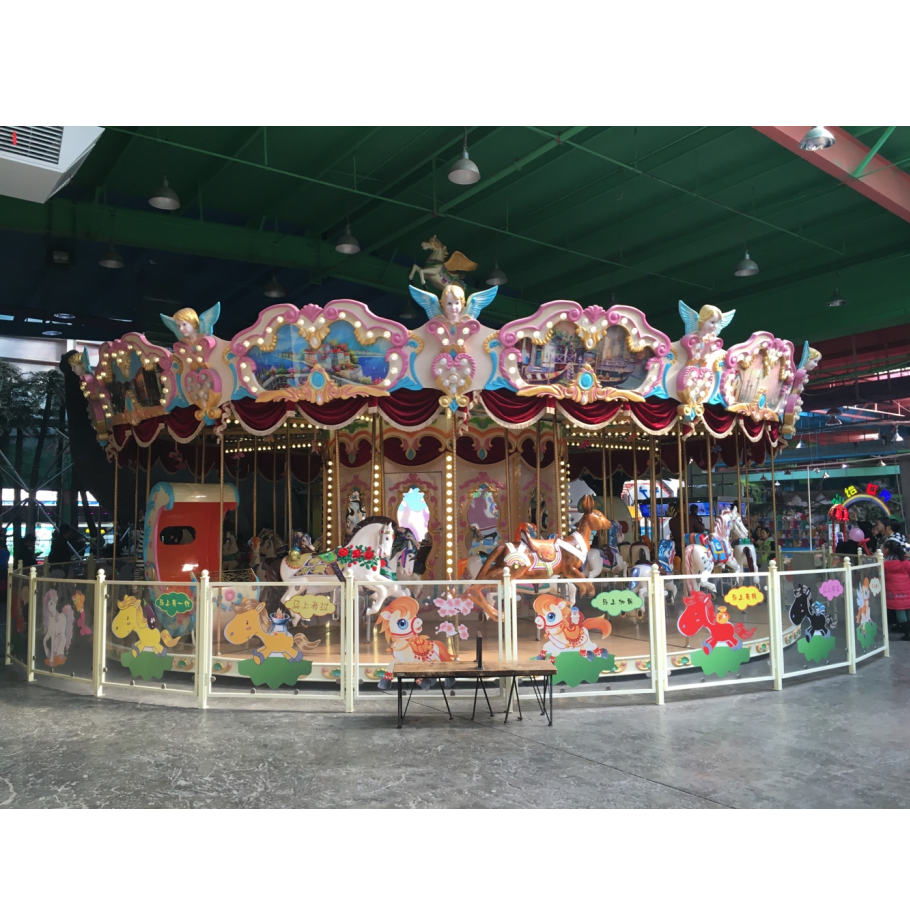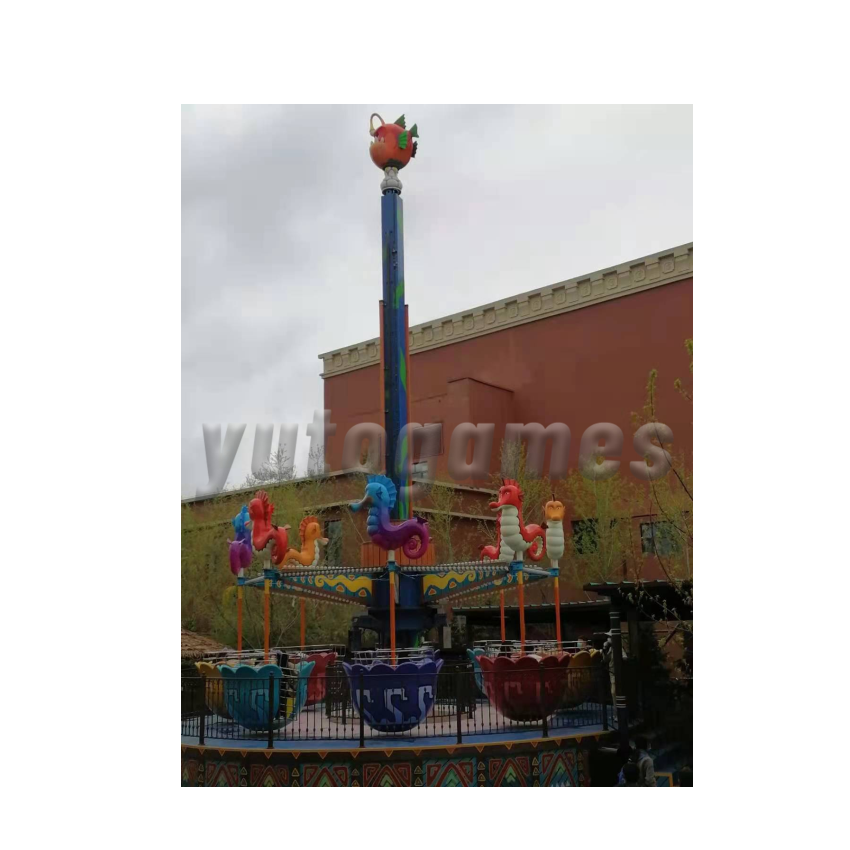Pirate Ship Boat Ride For Sale|China Amusement Park Carnival Fair Rides For Sale
Parameter
Equipment height: 3.4m
Weight: about 3 t
Power: 2.5kw
Voltage: AC220V/380V
Maximum speed: 1.8m/s;
Running time: 1-5 minutes adjustable;
Size: 7.8m*W:4.3m*H:3.4m
Swing angle: ≤±45°
Equipment level: inspection free product
Detailed Images
Relate Products
How does a Pirate Ship Boat Ride work?
- The Pirate Ship Boat Ride is a typical product of large-scale amusement facilities such as sightseeing buses. Because its appearance is famous for imitating the ancient pirate ship, but the shape is different and the name is different, some are called “swinging dragon boat”.
- Its main feature is that passengers partially reciprocate around the horizontal axis within a limited swing angle, passengers board the ship from the platform, sit on their seats and press the safety protection rod to the right position.
- “Pirate Ship Boat Ride” slowly swings after the start of the drive system and gradually accelerates, from slow to rapid, as if passengers go out to sea in a storm, sometimes they rush to the top of the waves, sometimes they fall to the bottom of the waves, which is both interesting and exciting. Deeply loved by passengers.
- The schematic diagram of the structure is shown in the diagram 1-14
1.ship body; 2.seat,Safety pressure bar; 3. Power component; 4. Platform steps, railings;
5. Main support frame: column, herringbone frame, crossbeam etc; 6.Inspection ladder; 7. Hanger: pull rod, connecting shaft etc.
How to do daily maintenance on a Pirate Ship Boat Ride?
First of all, The Pirate Ship Ride equipment operation should carry out daily inspection, monthly inspection and annual inspection of the equipment, and make a good inspection record.
Second, daily inspections of Corsair equipment should include the following:
1. Inspection of various safety devices, such as pressure bars and protective ropes.
2. Inspection of power unit, transmission and braking system.
3. Inspection of the equipment itself, chains and rides.
4. Check the control circuit and electrical components.
5. Inspection of various wearing parts, such as gears, etc.

